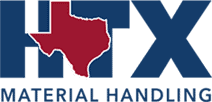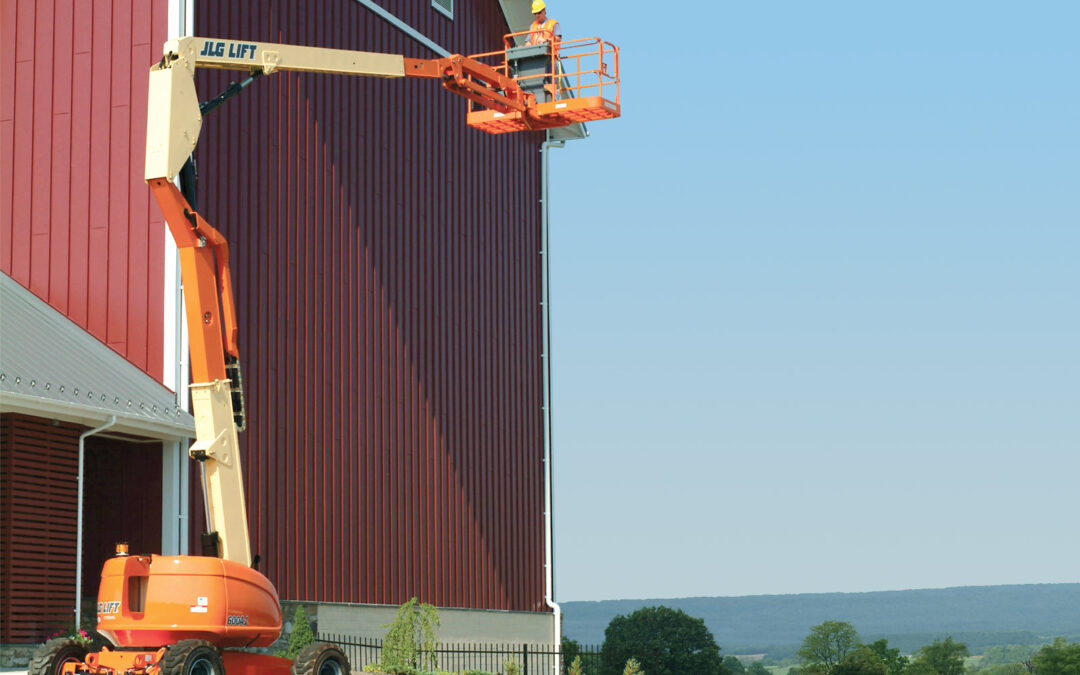Aerial lifts are vehicle-mounted machines with extendable platforms to elevate personnel. Lifts are ideal for projects where scaffolding isn’t an option, such as roofs or HVAC equipment. However, lifts can also pose safety hazards if mishandled, accounting for up to 3% of all construction-related deaths.
Knowing the hazards associated with aerial lifts and becoming familiar with the safety requirements provided by the Occupational Safety and Health Administration (OSHA) can ensure safe operating conditions on job sites.
Why Aerial Lift Safety Is Essential
Understanding aerial lift safety and the hazards associated with operating these pieces of equipment is crucial. Here are some reasons to adopt proper safety precautions.
Electrocutions
Electrocutions can happen when working close to power wires. An electric shock can even transfer to you from your equipment if it isn’t electrically insulated.
Falls From the Lift
Falls are one of the most significant hazards when working with aerial lifts. Working in high winds or on unstable ground can increase the risk of falling.
Tip-Overs
Working at high heights can increase the risk of tipping over. Failing to inspect or properly set up the equipment, as well as working in strong winds, can also cause tip-overs. Opt for sturdy equipment and brands you can trust, like JLG Lift.
Falling Objects
Though workers on the lift are at risk of injuries from falling objects, those working on the ground near the equipment need to be especially careful. Careless workers, high winds, and accidents can lead to dangerous items falling out of the lift.
Ejections
If you’re a construction worker and work with aerial lifts, it’s essential to know the safety hazards associated with them.
Electrocutions
Ejections from an aerial lift can occur when the lift hits an overhead object, when something on the ground strikes the vehicle, or when the lift tips over. Workers ejected from the lift are susceptible to severe injuries or even death.
Types of Aerial Lifts
Understanding the different types of aerial lifts is essential for proper job safety. Here are the most common types of aerial lifts available and their best applications:
Articulated Boom Lift
Articulated boom lifts have a flexible jointed arm attached to a turntable. Boom lifts can extend from 30 to 100 feet in the air, allowing workers to access high and hard-to-reach places. Articulated boom lifts are commonly used for electrical projects and exterior cleaning. Using a reliable brand of articulated lifts, such as JLG Lifts, promotes safety and efficiency regardless of the project.
Telescope Boom Lift
A telescopic boom lift, commonly called a “stick boom,” comprises a bucket positioned at the tip of a straight-extending arm. When operating a stick boom, the operator extends the arm horizontally and can maneuver it upwards and downwards. Telescopic booms can reach vertical heights of up to 185 feet, making them highly suitable for tasks such as cleaning, maintenance, or repairs at elevated positions, especially atop tall buildings.
Telehandler
Telehandlers offer horizontal reach capabilities that exceed most other equipment. Telehandlers are equipped with a boom tip that allows the quick installation and removal of various attachments. Their versatility makes telehandlers ideal for construction projects.
Bucket Boom Lift
Often referred to as a “bucket truck” or “cherry picker,” this specialized vehicle is equipped with an extendable boom arm with a bucket or platform. Bucket trucks are commonly used by utility companies, municipal services, tree care professionals, and construction crews to access elevated work areas safely. Safety measures, including harnesses and safety rails, are often used to protect workers in the elevated bucket or platform.
Scissor Lift
Scissor lifts are large platforms with a working height of 18 to 38 feet. This aerial platform is perfect for indoor maintenance or construction tasks. Safety precautions, such as wearing a safety harness, are typically taken when working on a scissor lift to prevent accidents and ensure worker safety.
Protecting the safety of your coworkers is a top priority for HTX Material Handling. Contact us today to see how our products can give you peace of mind.
Aerial Lift Safety Tips
OSHA has released a series of standard safety requirements to prevent aerial lift accidents. Following these aerial lift safety tips will keep your workers safe.
Safety Requirements Before Using an Aerial Lift
Reading the aerial lift safety manual is an essential first step in ensuring a safe working environment for everyone. After familiarizing yourself with the manual, verify that the equipment and its features are in working order. You need to confirm the operational status of the following components before using the lift:
Vehicle Safety Tips
Some issues with vehicle components are visible immediately, like a flat tire. Other vehicle components you need to be aware of are:
- The oil and fuel are at the proper levels
- There are no fluid leaks
- The tires are in good condition
- Aerial lift safety assessments are performed
- The battery is fully charged
- The eights and backup alarms are operational
- Steering and brakes are functional
Keeping your equipment safe and functional is essential to aerial lift usage, whether it’s JLG or any other brand.
Lift Safety Tips
Once you’ve verified the vehicle’s safety, ensure the lift is ready for use. That includes:
- Checking for loose or missing parts
- Confirming the strength of wiring harnesses
- Make sure there are no missing or unreadable warning placards
- Practicing the operating and emergency controls
Do not operate a lift if any vehicle or lift components are defective. You must remove a faulty aerial lift from the work area until it’s repaired.
Work Zone Safety Tips
Once you’ve confirmed that the vehicle and lift are safe to use, it’s time to inspect your work zone. Accidents can still happen even with equipment that meets safety standards, so it’s important to be aware of your surroundings. When checking your work zone area, be on the lookout for:
- Drop-offs or holes
- Slopes, ditches, or bumps
- Overhead power lines
- Potentially severe weather conditions
Practicing proper safety precautions before using an aerial lift can prevent serious accidents.
Safety Requirements While Using an Aerial Lift
Safety techniques remain a priority once you’ve started using the aerial lift. Be sure to remember these protection practices the next time you’re in a lift:
Fall Protection
- Ensure that all gates are closed
- Do not climb or lean over guardrails
- Do not use planks or ladders in the lift
- Use a body harness with a lanyard attached to the lift
Operation Protection
- Do not exceed weight limits
- Do not carry objects larger than the platform
- Do not override safety devices
- Do not drive with the lift platform raised
Overhead Protection
- Always be aware of overhead clearance
- Treat all overhead power wires as energized
- Do not position the lift between hazards
Following these aerial lift safety tips can reduce the risk of potential injuries and keep your workers safe.
Safety Is a Priority at HTX Material Handling
The safety of our clients is a top priority at HTX Material Handling. That’s why we offer equipment that exceeds safety standards. Our aerial lifts’ advanced technological features will help your employees feel safer while working. Contact HTX today to see how our products can increase aerial lift safety for your workers.

